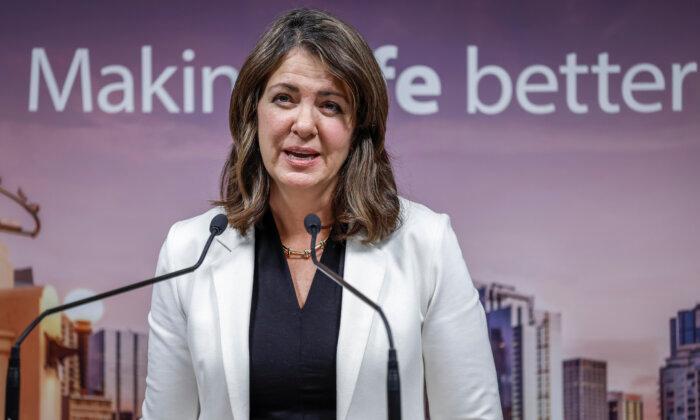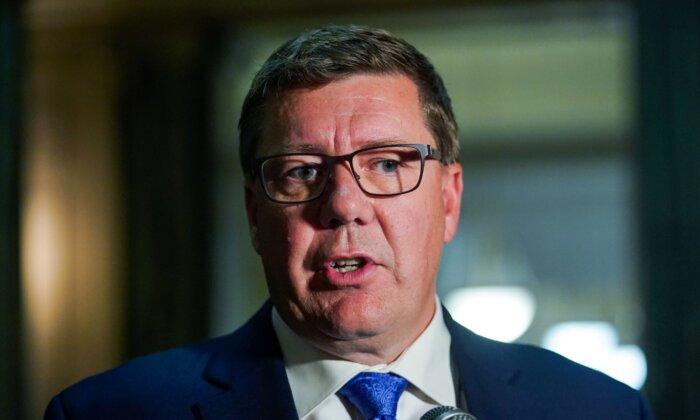Toews said the surplus will allow the province to provide significant help to Albertans and their families so they can “keep more money in their pockets for groceries, gas, utilities, and other rising costs of day to day living.”
Toews specified the affordability relief measures will be funded by the current surplus, and do not involve withdrawals from the Heritage Savings Trust Fund or debt retirement plans. “Our government is the first government that’s now reinvesting the entire earnings of the Heritage Savings Trust Fund back in the trust fund,” said the minister.
‘Energy Powerhouse’
The surplus is attributed to Alberta being “an energy powerhouse,” said Toews. “Alberta continues to have economic momentum despite global uncertainty, with a projected surplus of $12.3 billion and debt repayment of $13.4 billion.”He said the total province revenue forecast for this fiscal year is expected to total $76.9 billion. That will be the case even with less collected in personal income tax once the system is indexed to inflation, as announced by the affordability package. More revenue is expected from corporate income taxes due to business growth and significant population growth.
Toews said that Alberta is responsible for more than one-quarter of the new jobs created in Canada this year, while representing just 12 percent of the country’s population. The province also had the highest population growth among the four largest provinces in the first six months of 2022.
The province is seeing continued high revenues from bitumen royalties, corporate income tax, and other revenue streams.
“De Havilland announced a new aircraft manufacturing plant near Calgary, and it will eventually employ upwards of 1,500 people. In the first half of the year alone, Alberta saw 56 deals worth $481 million in venture capital investment. The province’s agri-food sector has attracted nearly 1.5 billion in new investment, and has created close to 3,000 jobs in Alberta since 2019. These successes are solidifying Alberta’s position as the economic engine of Canada,” said the minister.
And $79.8 billion will remain in taxpayer-supported debt, and the government indicated another $10.8 billion in the next three years will be devoted toward savings, debt reduction, and future prosperity for the province.





